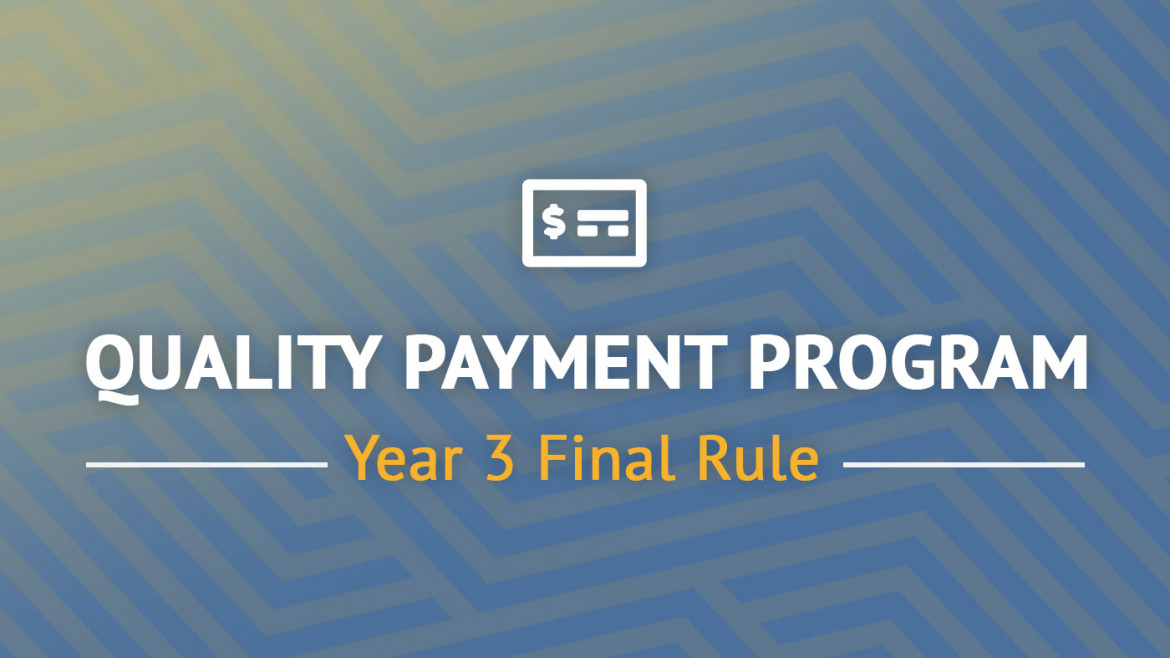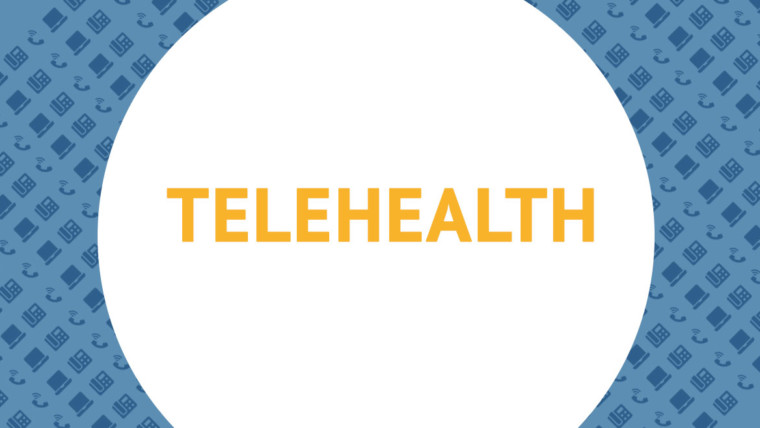On November 1, 2018, CMS released the 2019 Medicare Physician Fee Schedule (MPFS) final rule, which includes policies for the Quality Payment Program (QPP) Year 3, beginning January 1, 2019, and impacting 2021 payments. The QPP includes both the Merit-Based Incentive Payment System (MIPS) and Advanced Alternative Payment Models (APMs).
This guide summarizes the Quality Payment Program Year 3. Full details are available at www.qpp.cms.gov.
Need personal assistance? Contact your customer advocate or support@mednetworx.com.
 Key Changes
Key Changes
The 2019 MPFS final rule implements technical corrections to the MACRA statute enacted by Congress earlier this year as part of the Bipartisan Budget Act. Specifically, these changes include:
- Part B drugs removed from MIPS payment adjustments beginning with 2019 payments. Bonuses and penalties under MIPS will only apply to covered professional services.
- Continuing MIPS transition flexibility by setting the MIPS performance threshold at a level other than the mean or median of the previous year’s scores. For 2019, the MIPS performance threshold is 30 points.
- Continuing to weigh the Cost category at less than 30% of the MIPS final score to allow additional time for cost measures to be developed. The Cost category will count for 15% of the MIPS final score in 2019, and improvement scoring will be delayed for three additional years, as required by the technical corrections.
- An overhaul of the Promoting Interoperability category (previously called Advancing Care Information) to streamline and simplify the scoring by removing the confusing base and performance score methodology. In addition, CMS refined measures that require action by other physicians and eliminated measures requiring patient action. Despite the reduced complexity of this category, it still retains a flawed “all-or-nothing” scoring methodology because participants must report on all measures to score any points in the category.
- Inclusion in the Cost category of specialty cost measures that will more accurately evaluate the cost of care provided by specialists than the existing primary care-based measures.
- Small practices will continue to receive full credit in the Improvement Activities category by submitting one high- weighted activity.
- Small practices will receive no fewer than 3 points for any quality measure submitted.
- The small practice bonus, which has been moved to the Quality category, was increased to 6 points, up from the proposed 3 points.
 2019 Performance Period for 2021 Payment
2019 Performance Period for 2021 Payment
For full participation in the MIPS program in 2019, for 2021 payment, the performance period for the Quality and Cost categories is a full year, and any period of at least 90 days for the Promoting Interoperability and Improvement Activities categories.
 Final Score and 2019 Performance Threshold
Final Score and 2019 Performance Threshold
CMS continues its transition flexibility by setting the 2019 performance threshold at a final score threshold of 30 points, up from 15 points in 2018. To avoid the 7% penalty in 2021, physicians must earn at least 30 MIPS points in 2019.
CMS increased the 2019 exceptional performance threshold to 75 points, up from the 70-point threshold established for 2017 and 2018, but lower than the 80 points it had proposed for 2019. MIPS participants who score above the 75-point threshold are eligible for an additional bonus above and beyond the yearly available MIPS positive payment adjustment level. Congress set aside additional funds for exceptional performance in MACRA, which is not subject to the budget neutrality requirements of the MIPS payment adjustments.
 Low-Volume Threshold and MIPS Opt-In
Low-Volume Threshold and MIPS Opt-In
CMS maintained the low-volume threshold of $90,000 in allowed Part B charges or 200 patients. CMS also created an additional option of 200 or fewer covered professional services. If a physician falls below at least one of these criteria, he or she is considered low volume. Physicians falling below the low-volume threshold are exempt from MIPS and would not receive a 2021 payment adjustment.
CMS will allow physicians who exceed at least one, but not all three, criteria of the low-volume threshold to opt in to MIPS and be eligible for payment adjustments.
Bonus Points
![]() CMS modified the small practice bonus by moving it to the Quality category. In 2018, CMS automatically added 5 points to the MIPS final score of any small practice of 15 or fewer Medicare-eligible clinicians. For 2019, CMS will add six points to the Quality category score of any small practice, an increase from the proposed three points.
CMS modified the small practice bonus by moving it to the Quality category. In 2018, CMS automatically added 5 points to the MIPS final score of any small practice of 15 or fewer Medicare-eligible clinicians. For 2019, CMS will add six points to the Quality category score of any small practice, an increase from the proposed three points.
![]() CMS maintained the complex patient bonus of up to 5 points added to the final score of an individual or practice of any size if the practice treats certain complex patients. CMS will continue to use the Hierarchical Condition Category (HCC) index to determine bonuses. The HCC measures the percentage of patients with certain chronic diseases and those dually eligible for Medicare and Medicaid.
CMS maintained the complex patient bonus of up to 5 points added to the final score of an individual or practice of any size if the practice treats certain complex patients. CMS will continue to use the Hierarchical Condition Category (HCC) index to determine bonuses. The HCC measures the percentage of patients with certain chronic diseases and those dually eligible for Medicare and Medicaid.



